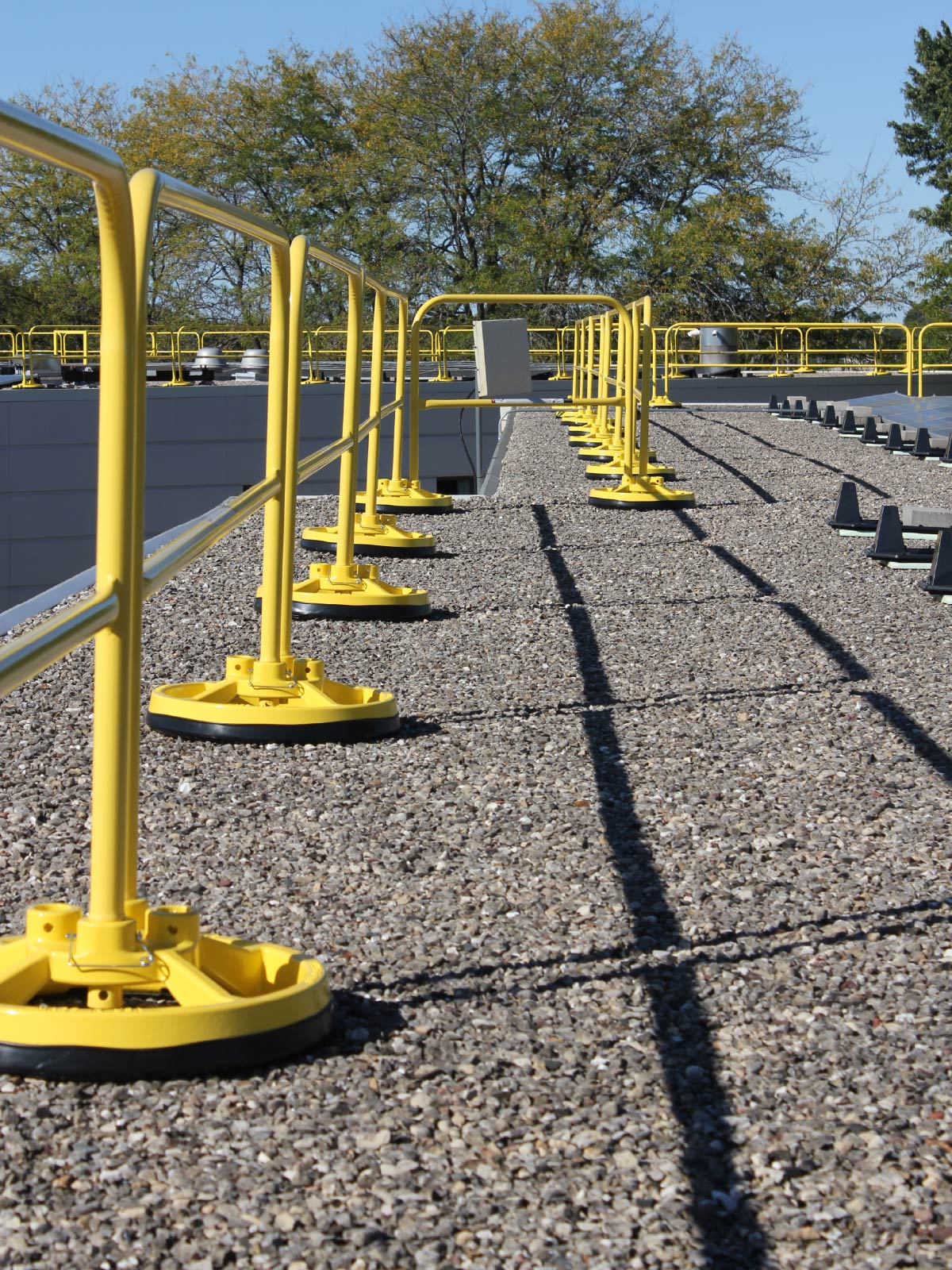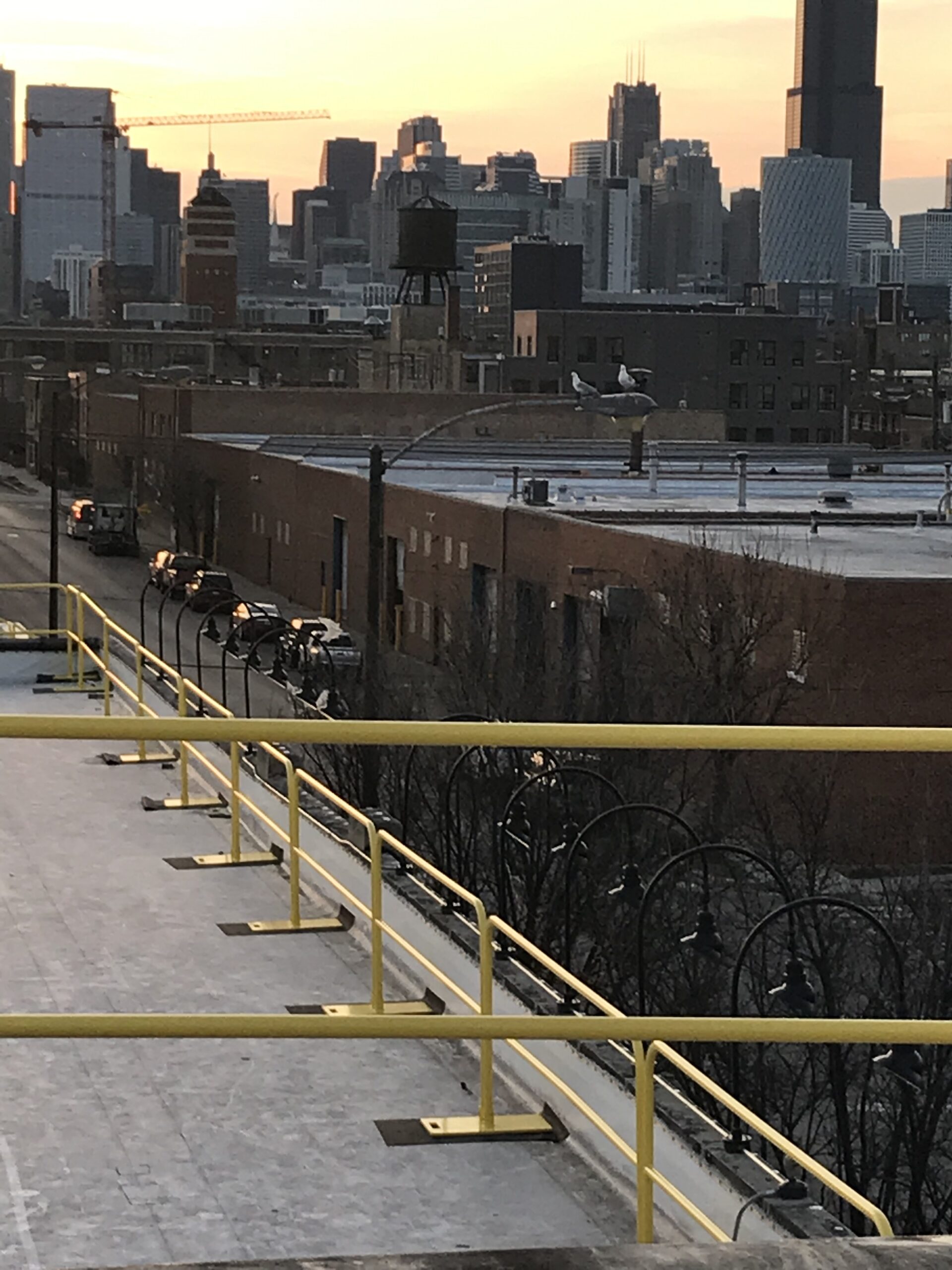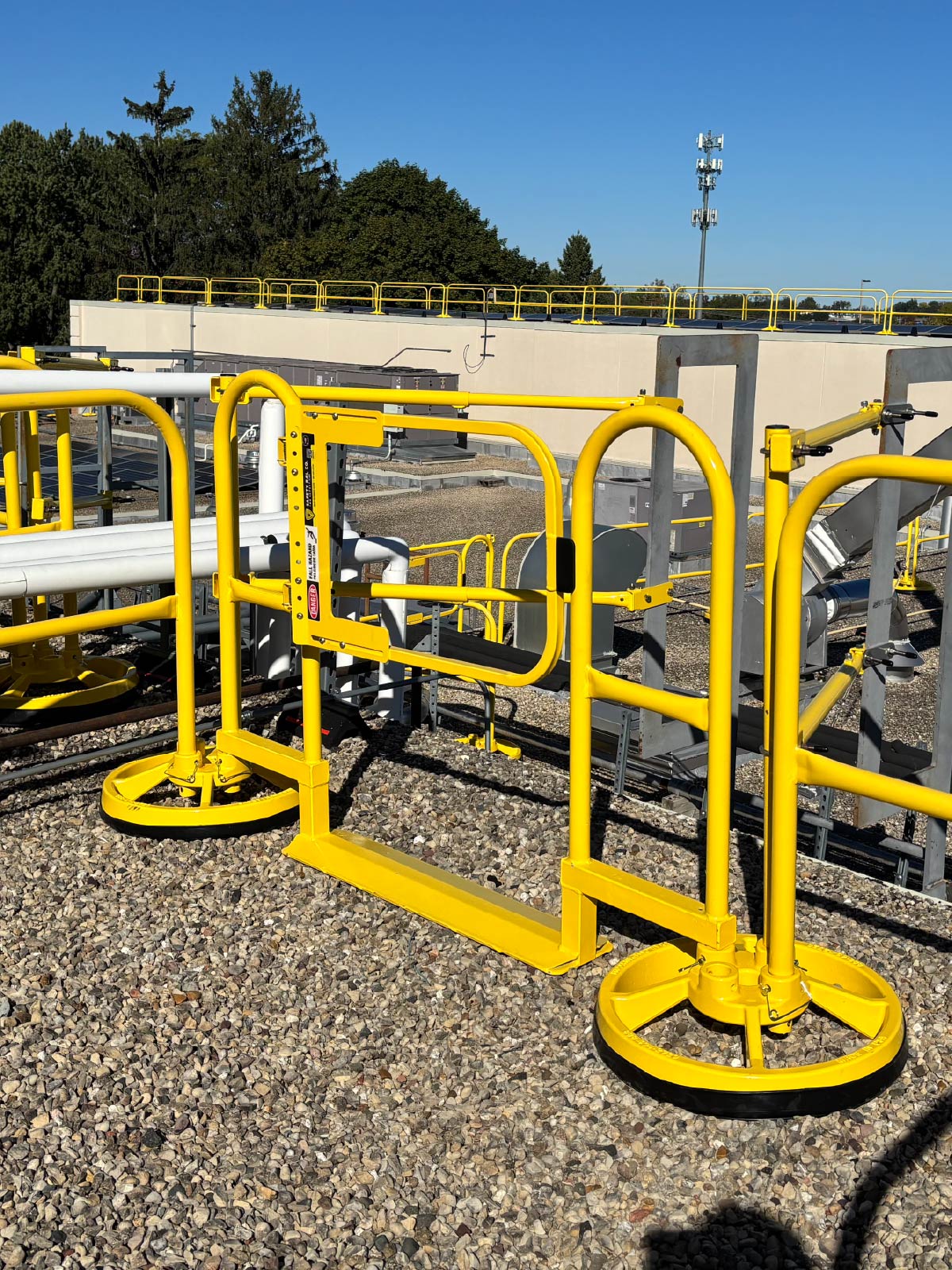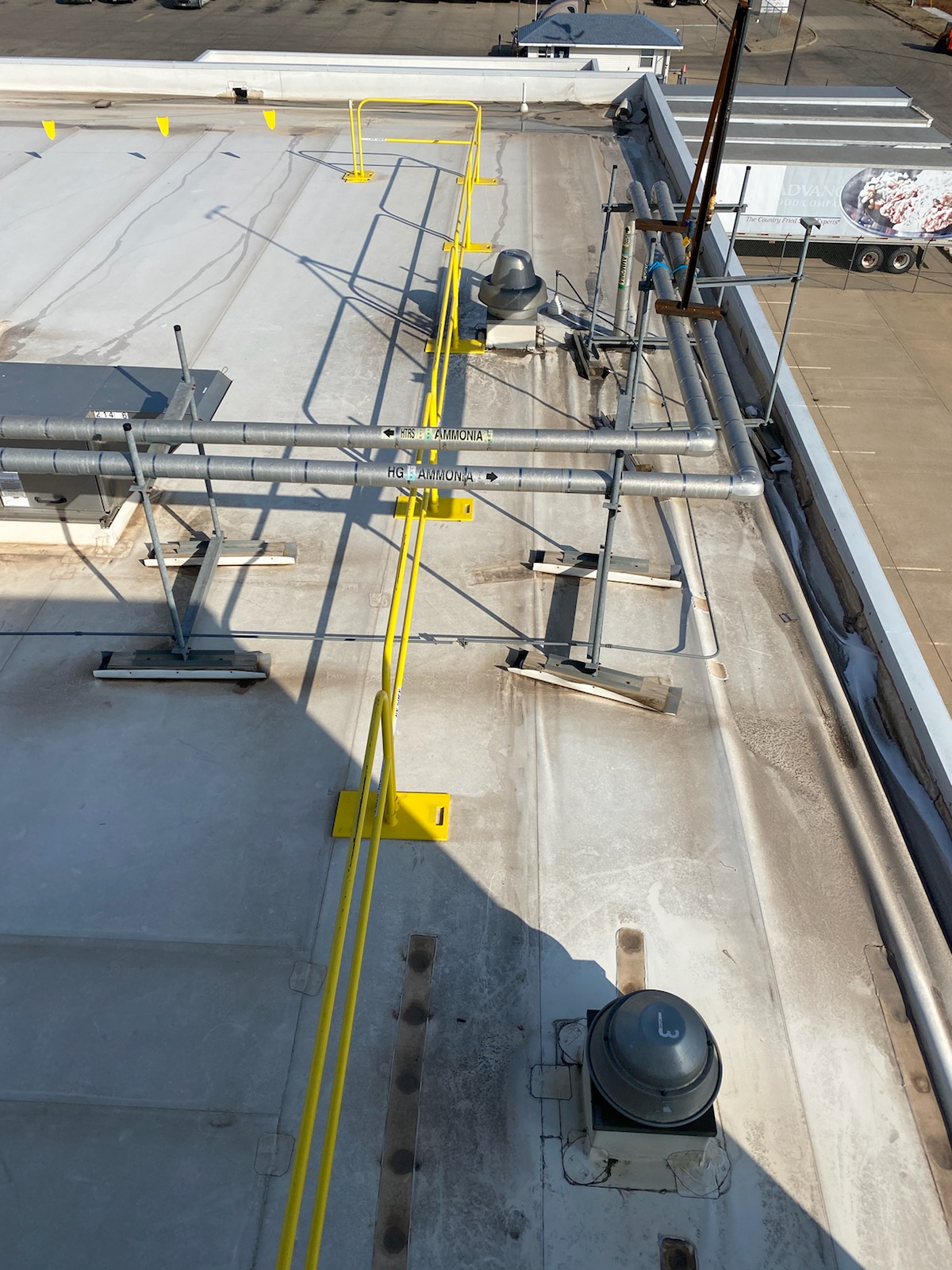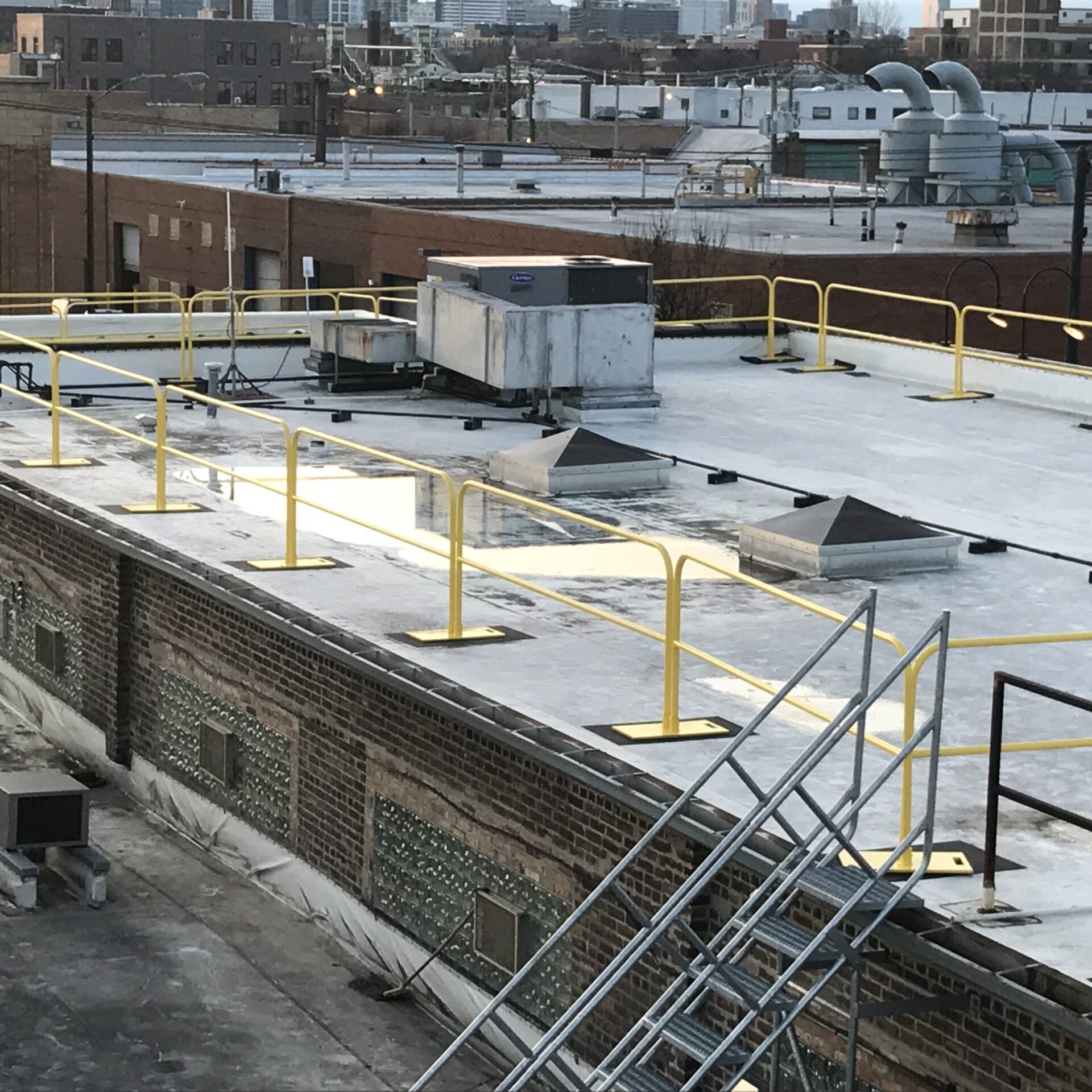Guardrail Systems
According to the Hierarchy of Controls, passive fall protection is one of the most effective methods for safeguarding workers at height. HySafe offers a range of non-dynamic, stationary solutions, including guardrails, that provide continuous protection without requiring any action or equipment from the user.
Benefits
Low Maintenance
Minimal inspections or upkeep needed
Versatile and Adaptable
Permanent, temporary and portable options
Easy to Use
No special training or gear
Material Options, Custom Design & Expert Installation
Guardrail systems come in steel, aluminum, and fiberglass. Steel is strong and long-lasting; aluminum is lighter and ideal for rooftops. Fiberglass is non-conductive, making it the best choice for telecommunications and environments with sensitive electronic equipment.
Systems are customizable by length, gate placement, and mounting type, always with an eye toward integrating seamlessly with other fall protection components as needed.
We provide full support, site evaluation, layout design, and installation. Our team ensures your system is OSHA-compliant and built for your needs. Maintenance plans are also available to keep everything in top shape.
Categories
Frequently Asked Questions
How far from the roof edge should guardrail be installed?
Guardrails should typically be placed no closer than 16 inches to any unprotected side or edge to provide proper fall protection and remain OSHA compliant.
When are you required to have roof guardrail?
Any unprotected edge over 6 feet in height (in construction) or 4 feet (in general industry) requires fall protection under OSHA rules. Guardrails are a compliant way to meet those regulations.
Which guardrail is right for your facility?
That depends on several factors, whether you need a permanent or portable solution, what type of surface you're mounting to, and your long-term needs. We can help assess your space and recommend the best option.
What maintenance is required for guardrail systems?
Most systems require only periodic inspections for wear, corrosion, and stability. We also offer maintenance plans to help keep everything up to code.
What is the purpose of guardrails?
Guardrails serve as a passive fall protection system, creating a physical barrier that prevents people from reaching hazardous edges or openings.
When should guardrails be used?
Guardrails should be used anywhere there's a risk of falling, such as rooftops, elevated platforms, mezzanines, walkways, cooling towers, tanks and construction zones.
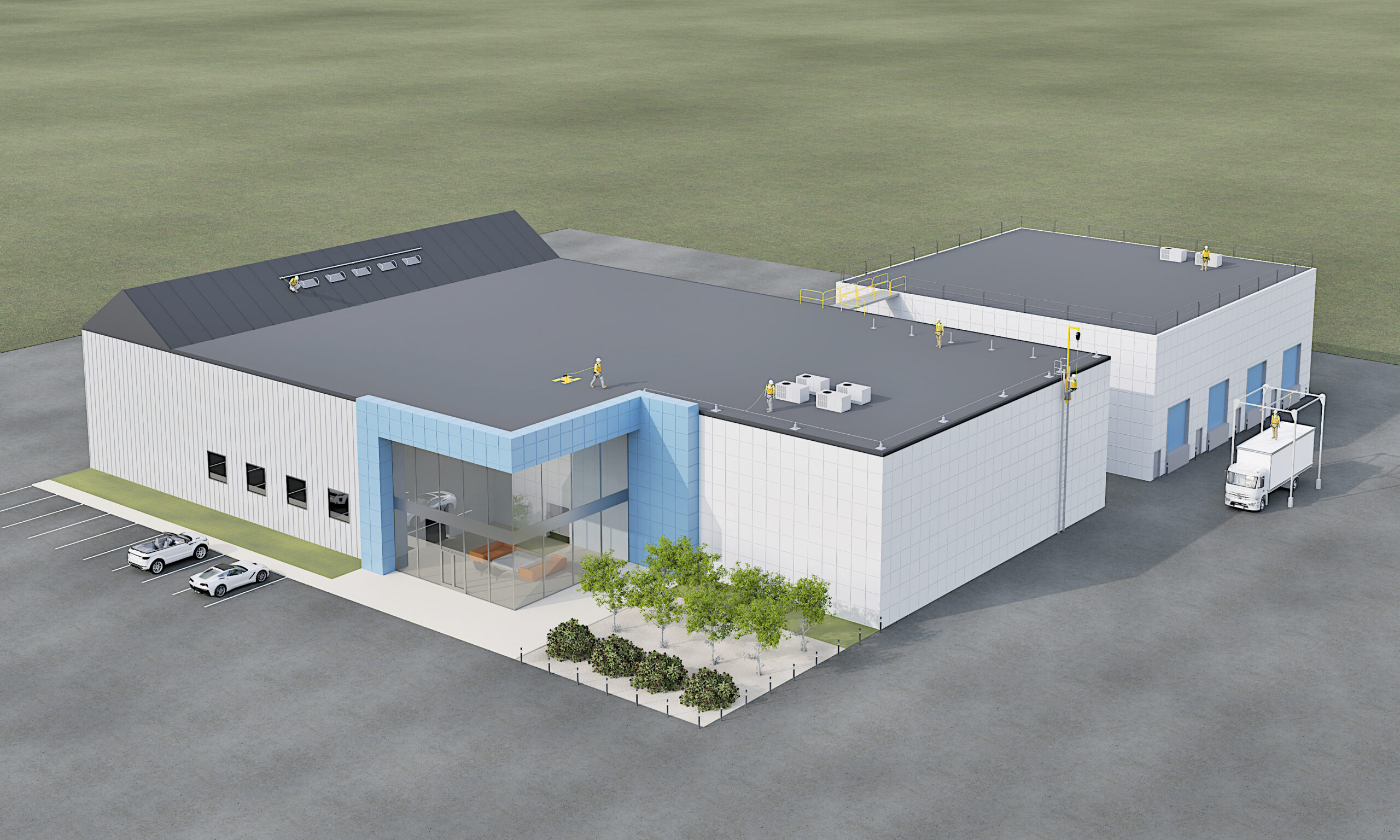
Skylights with Screens
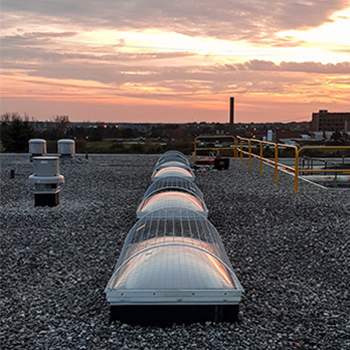
Durable Lifelines
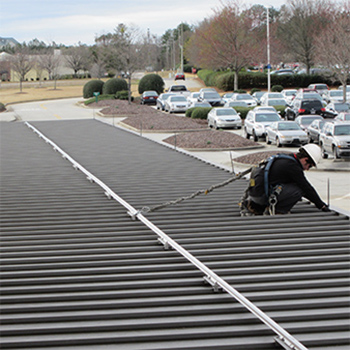
Heavyweight Anchor
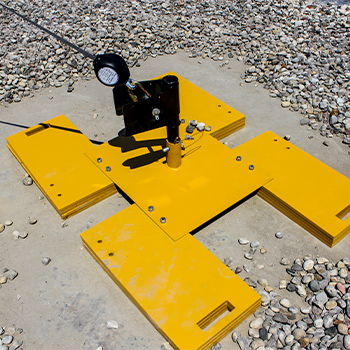
Comfort & Flexibility
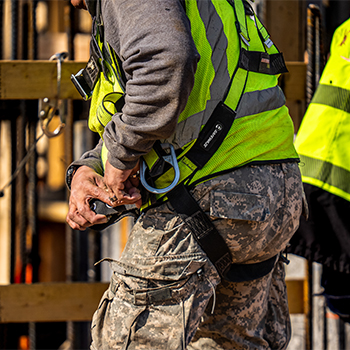
Hands-Free Movement
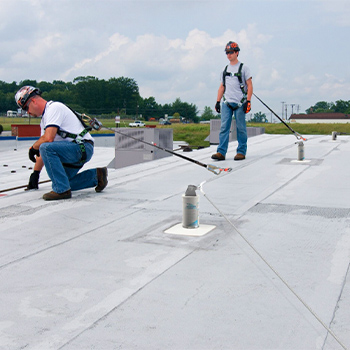
Safety Guardrail
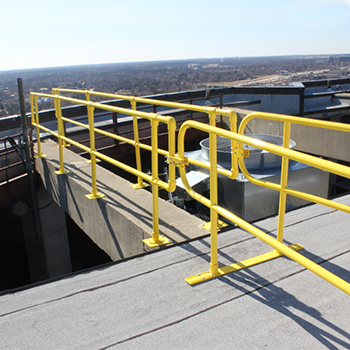
Anchor Solutions
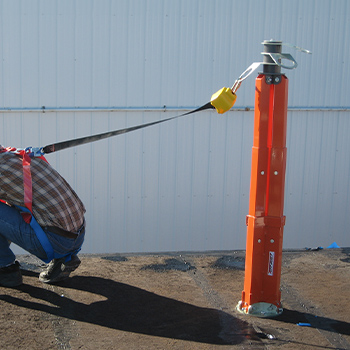
Hazard Protection
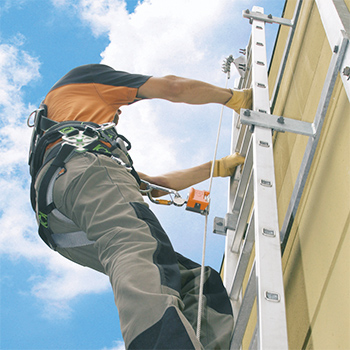
Self-Retracting Lifeline
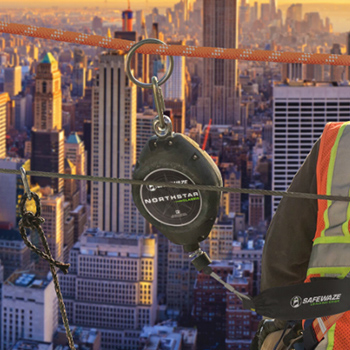
Adjustable HyBox
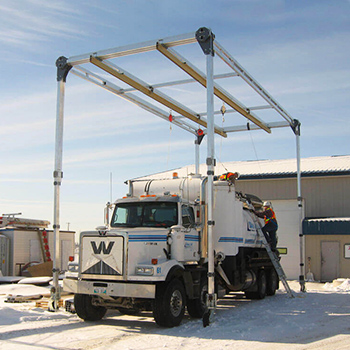
Testimonial
“The HySafe experts made it very easy to understand the OSHA requirements and it was a pleasure working with them from concept through installation and training.”
Vince Williamson
Quality Director, Rahco Rubber
Our Industries
Transportation
Custom fall protection for railroads, airports,
shipyards and trucking centers.
Stadium & Arena
At height safety systems for entertainment venues
and convention centers.
Amusement
Custom solutions for amusement parks and rides
including roller coasters.
Education
Custom solutions for amusement parks and rides
including roller coasters.
Manufacturing
Fall protection solutions for industrial, agricultural
and chemical plants.
Government & MIlitary
At height safety solutions for the armed forces and
military bases.
Construction
Custom protection for new construction,
expansions and general contractors.
Retail & Commercial
At height safety solutions for hotels, restaurants
and property management.
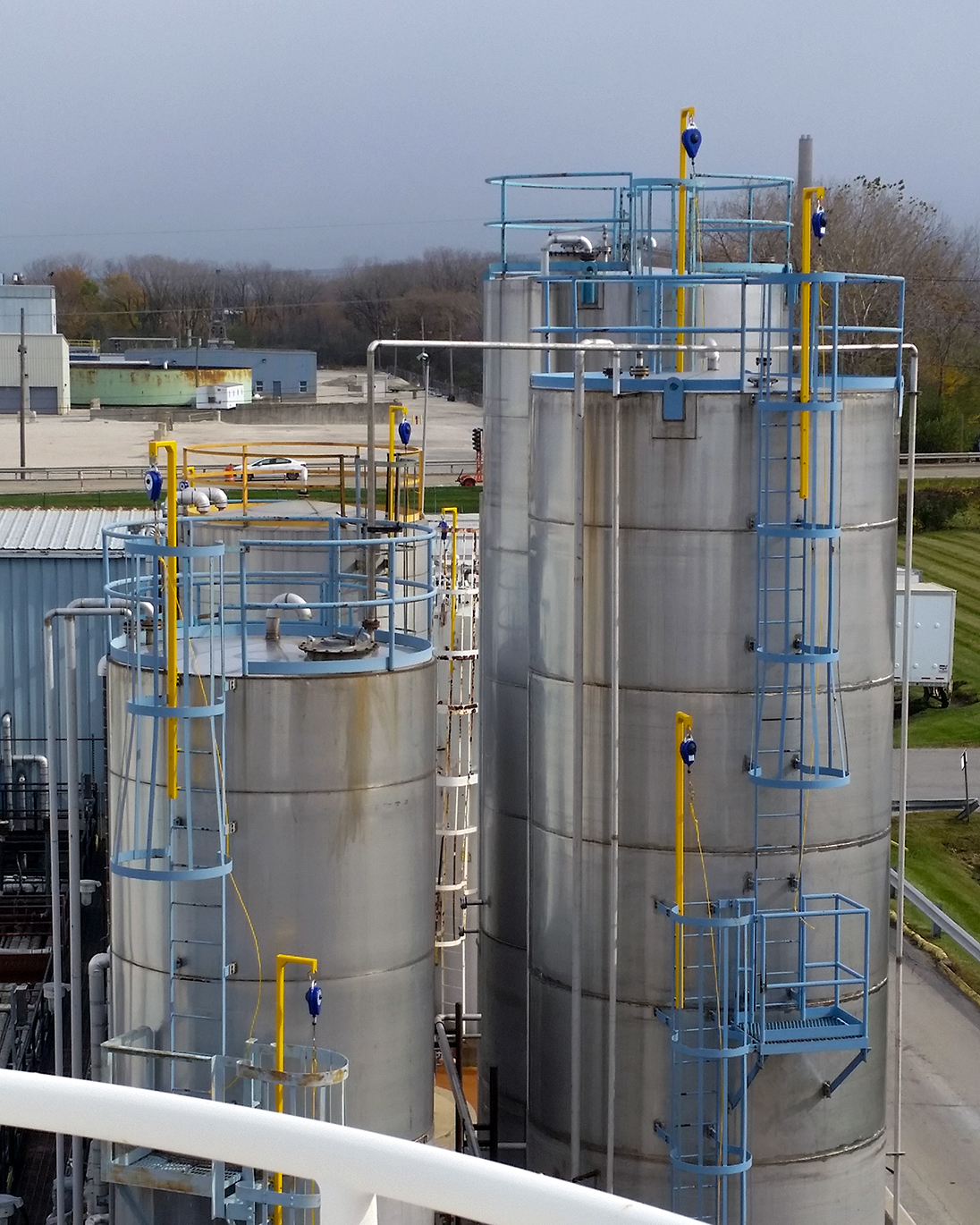
We know how to protect workers at-height.
What sets HySafe apart is how we use our knowledge. We pair education and expertise to make engineered fall protection easy.
